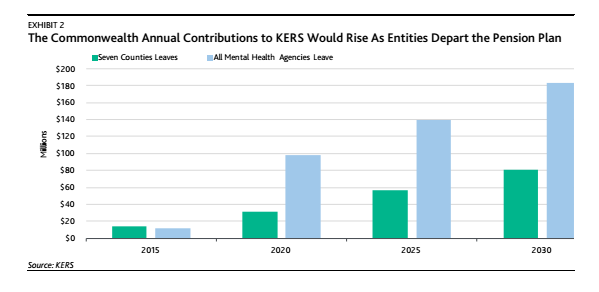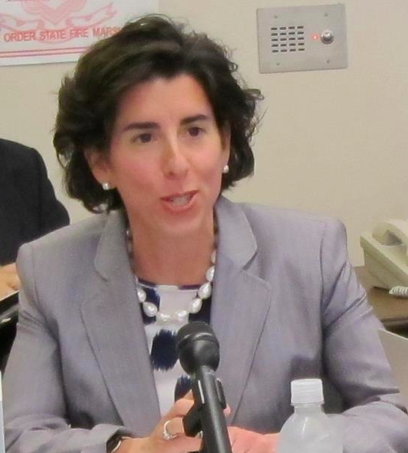A group of Harvard alumni are voicing concern and anger over the compensation packages of investment managers who run the school’s endowment fund. From Chief Investment Officer:
Harvard Management Company (HMC), which runs the $32.7 billion fund, paid $132.8 million in salaries, bonuses, and benefits in the 12 months to June 30, 2013. This was more than double the $63.5 million it paid in 2010, according to Bloomberg.
HMC staff salaries and benefits were “increasing at a much faster rate than the endowment, which still has a long way to go before it reaches its pre-crisis peak”, they said in the letter.
A spokesperson for the Ivy League university told Bloomberg: “HMC’s unique hybrid model has saved the university more than $1.5 billion in management costs compared to what an equivalent external management strategy would have cost over the past decade.”
The nine alumni, who aired their concerns in a letter to Harvard’s president, said it’s not just the compensation packages that rub the, the wrong way. It’s also the performance. From Chief Investment Officer:
They criticized the pay hikes, which had come despite the endowment underperforming many of its peers. It has still to reach its pre-financial crisis peak of $36.9 billion in assets after losing 27% in the 12 months to June 30, 2009—although its 11.3% return for the fiscal year ending June 30, 2013 marked an outperformance of its benchmark.
According to AI-CIO, Princeton University also shoveled out the dough to its investment managers. They received $8.3 million in bonuses last year, which was a 39 percent increase over 2012.
Photo by Chaval Brasil









